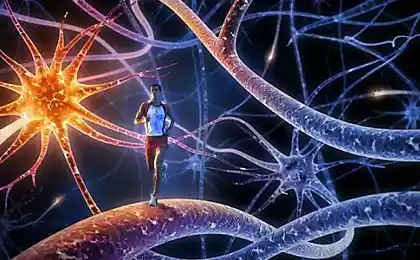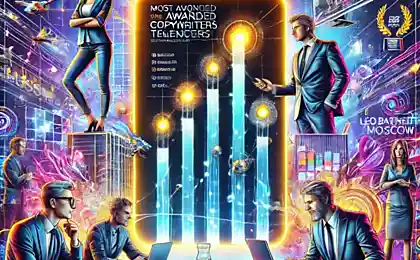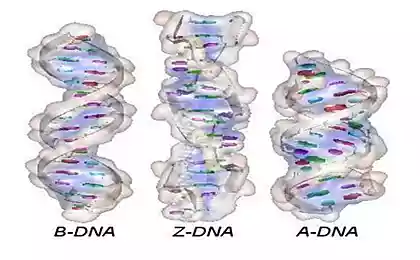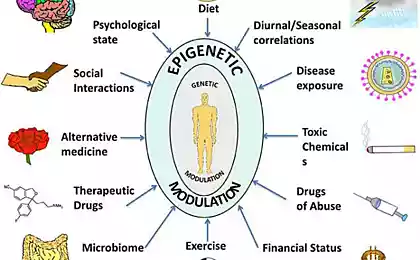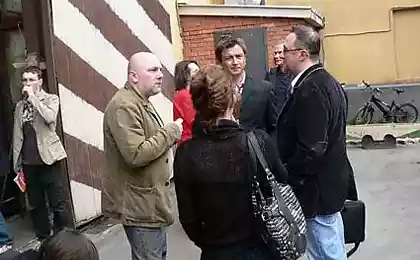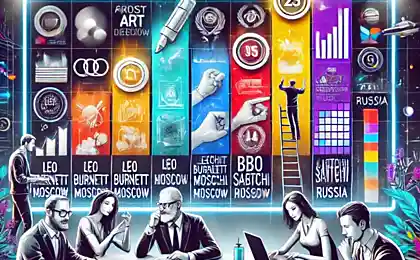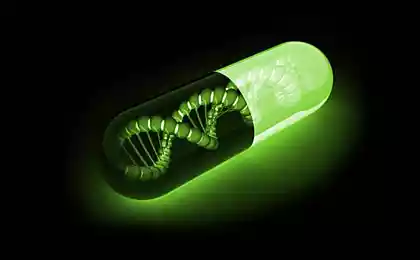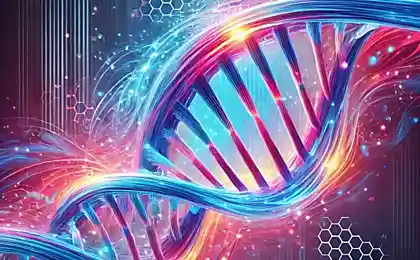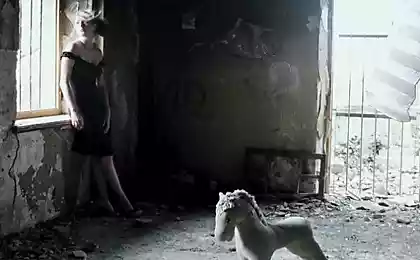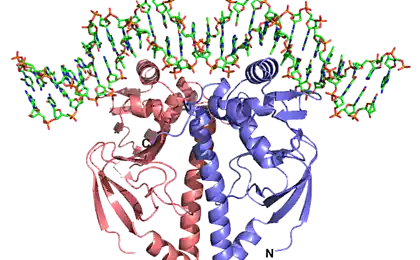471
Academic art is the art of the double helix
Scientific art, or science-art, now becoming more popular. On the one hand, the artists look for inspiration in scientific facilities and technology, on the other hand, scientists themselves begin to see great artistic potential.
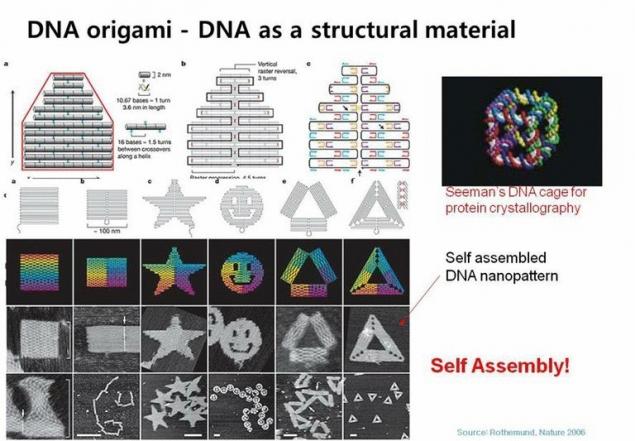
One recent example of sci-art a – megaspectacle "Eurointegral", presented may 7 at the New stage of Alexandrinsky theatre of Saint-Petersburg. In the framework of this project held a lecture of candidate of biological Sciences Alexander Efremov, in which he spoke about the relationship between art and science."It is difficult to argue that sci-art is so essential to a scientist. In addition, there are "art scholars" – but it's usually enough second time and appeals to the "beauty" of the studied objects or phenomena. A typical example: scientific photography. Is it beautiful? Yes. Is the art? Probably not. I really like scientific photography. Sometimes it's really exciting. But I can't help it, it is just an illustration, also quite literally," says Alexander on the border between art and scientific illustration.
To demonstrate how to change now the boundaries between science and art, for example DNA molecules. Since in 1953 Watson and Crick discovered the structure of the "molecules of life", the double helix quickly became a symbol of modern biology. Over time it became close in the pages of scientific journals and she became a full-fledged design object. Sculptures, posters, even the design of children's playgrounds is familiar to every fine DNA motif can be found in the most unexpected places.
Moreover, artistic interpretation was not only the molecule itself, but also the methods of its study. Here is one of the most common – gel electrophoresis, familiar to every student of genetics or molecular biologist. This method allows you to separate different biomolecules according to size and shape. Make DNA in a gel plate, and then through this plate pass the electric current. DNA carries an electric charge, and, once in the electric field, its molecules begin to move in the thickness of the gel plates, with different molecules or different fragments of the molecules will move at different speeds and overtake each other. To see where what kind of molecule is DNA is mixed with a fluorescent tag, which in ultra-violet light you can observe a kind of striped image gel plate with bands corresponding to different DNA fragments. This, again, is one of the most routine analytical methods, but once someone had the idea to make this banal from the point of view of science pictures the poster and hang it on the wall. And it turned out that even far from the biology people can find in this image something attractive. Now along with the companies which can carry out genotyping of any person for the detection of mutations, there are those that make your DNA unique piece of art. Went further Gender VANOS (Paul Vanouse) – in his works, the electrophoresis takes place in real time and the image is projected on the big screen – as a result we have, so to speak, the actual media work of art.
On the other hand, artists sometimes do not need to comprehend the scientific results, they are only required to pick up ideas of scientists. In 2006 in the journal "Science" published an article, the authors, using the ability of DNA to the complementary Assembly, picked up the sequence so that the molecules were able to gather in the figures by an asterisk, smiley face, square, etc. the Results of such nanomanipulation quickly called "DNA origami", and the next step here was the creation of three-dimensional models and even opens and closes the box. Using again natural properties, scientists have created a molecular clasp. These "art objects" have very practical application: they can be used to deliver drugs not only in the right place but at the right time – lock will be opened only in case of occurrence of a specific pathogen. However, that prevents to perceive these figures as a form of plastic art, even require very sophisticated methods?
Finally, DNA itself can be only a method of artistic processing of the material. Take, for example, GM technologies that are not only of great help to biologists in the agricultural industry, but also a great tool for artists.
The discovery of Osama Shimomura green fluorescent protein and develop it using new transgenic methods have been a true blessing for scientists with a great tool for research in genetics and developmental biology. But the art ideas penetrated here: the transgenic art began in 2000 in connection with the glowing rabbit, GFP Bunny, which demonstrated the artist Eduardo Kac. In the light of this white rabbit did not differ from their counterparts, and in the darkness began to glow bright green. In research laboratories, by the way, the glowing tissues, organs and animals for a long time already nobody is surprised – GFP protein used in biology since the 60-ies, when was first isolated Shimomura from the jellyfish Aequorea victoria. Sam Katz said about his project: "the Most important thing for me is a complex process of obtaining a genetically modified animal, integrate into society and create for him an atmosphere of security, care and love, so he can grow up healthy and happy." It is not clear what prevents love ordinary rabbit, but if it will contribute to the popularization of GMOs (the rumors about the harmfulness of which is greatly exaggerated), then why not?
By the way, an American artist of German origin Fosse-Andre Julian has created several sculptures based on the structure of the GFP protein. One of them is installed at the biological station Laboratories Friday Harbor (Friday Harbor Laboratories) of the University of Washington (University of Washington), where in 1962, Osamu Shimomura made his remarkable discovery.
But is there any utilitarian benefits of science art? "Sometimes a photo or graphic to become a method of research (e.g., histological figure), and then the result becomes much more interesting. It is much closer to sci-art, although it all depends on what you it means.
Serious sci-art is, on the one hand, the area of freedom, on the other hand, allows us to look differently at their work. Well, we must not forget that scientists are people too and like all people, they need art, so why not make it interesting for them? In addition, sci-art can be used to promote science, to promote their scientific work, and, in addition, artists may work in research organizations and virtually to help scientists," – said Alexander Efremov.
Source: nkj.ru
Dogs can detect prostate cancer - scientists
Named the best country for the birth and upbringing of children



